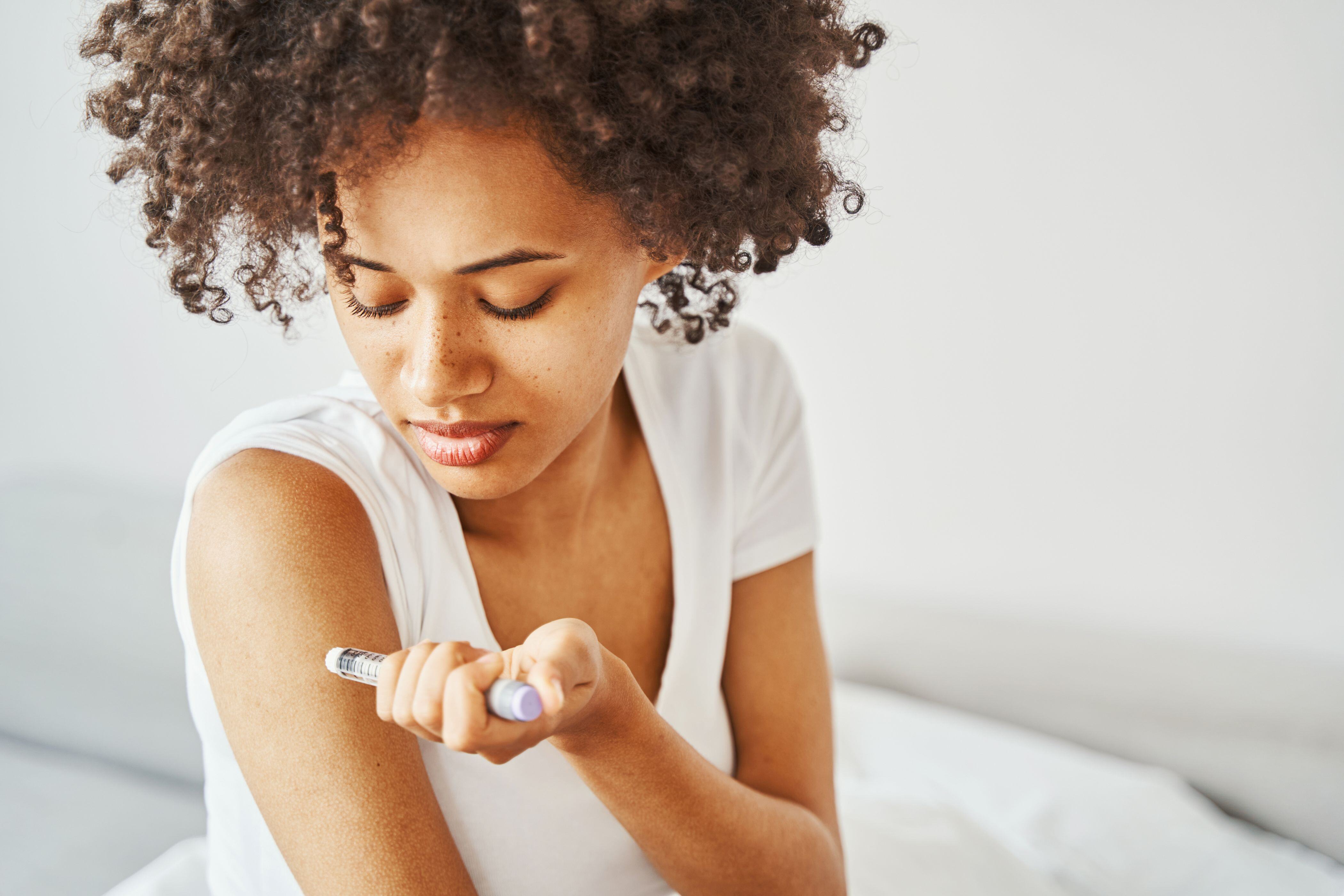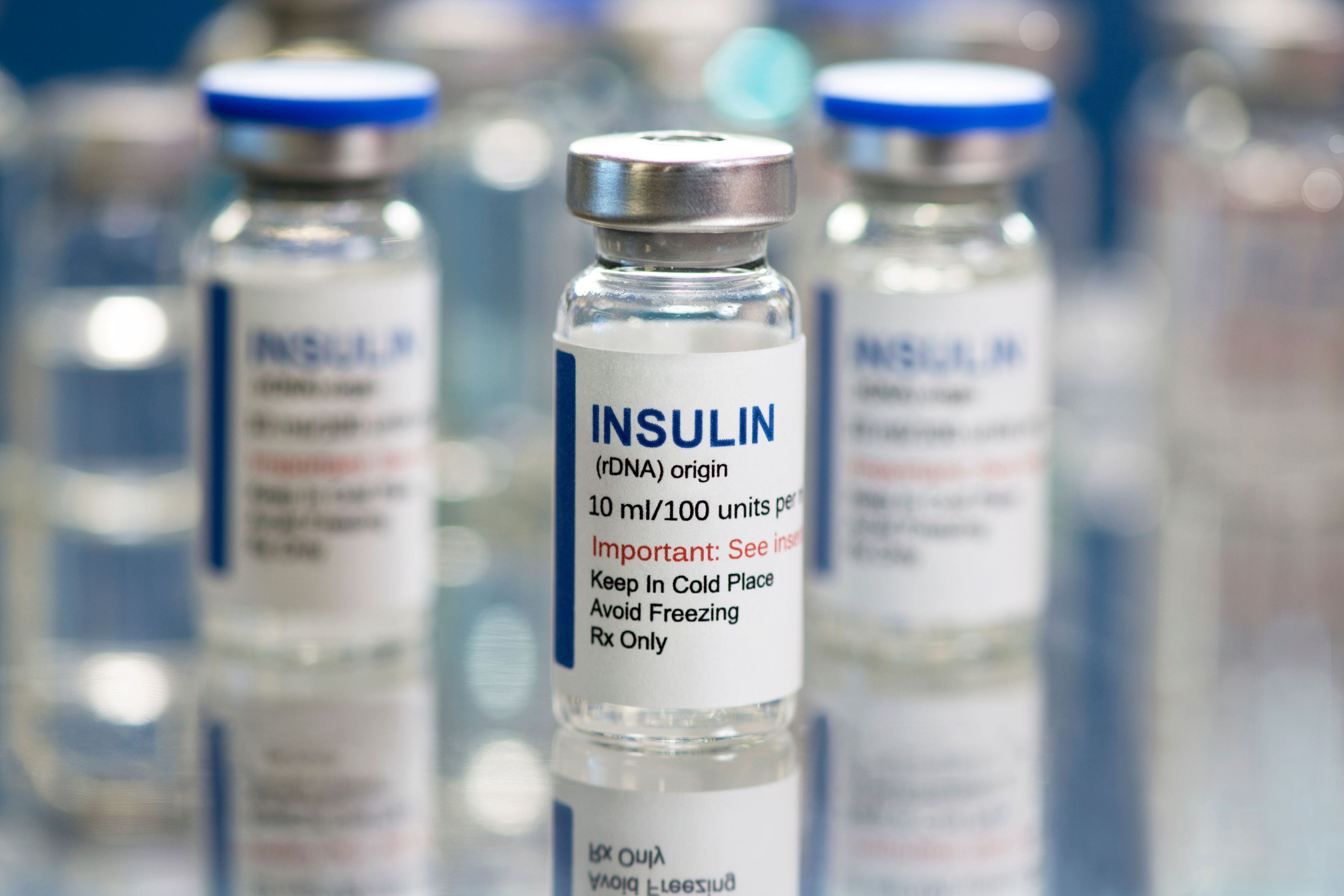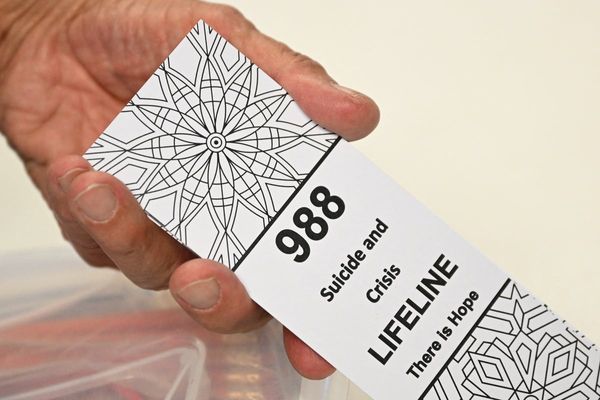
The World Health Organization states that there were around 830 million people living with diabetes in 2022. More than half of them weren't taking diabetes medications, including insulin, likely due to access and cost issues.
Diabetes patients generally don't have to struggle with high insulin prices and availability in countries with robust healthcare systems. However, insulin treatments can be a source a financial burden to some individuals living in different parts of the world.
So, why are insulin prices soaring? Let's discuss the most compelling reasons and learn how diabetes patients are overcoming these challenges.
Cost Factors for Insulin Products

Several interlinked factors affect the cost of all types of insulin products on the market. Apart from skyrocketing demand, these aspects further aggravate the issue:
The Dominance of Few Manufacturers
The primary source of insulin products lies in the hands of three pharmaceutical companies—Eli Lilly, Novo Nordisk, and Sanofi. This limits competition and enables manufacturers to set steep prices.
Elaborate Pricing Mechanisms
There are allegations of price collusion and fixing among these drug giants. The facts about insulin pricing remain hidden from the public, leading to mistrust. The pharmacy benefit management services are supposed to help lower the price for insulin prescriptions, but many accuse the system to be ineffective.
Complex Production Procedures
As insulin is a drug made from living organisms, producing biosimilar versions or generic equivalents is more complicated and costly compared to traditional medicines. Expensive clinical trials and the lack of alternatives have further contributed to high insulin costs.
Supply Chain Issues
This product requires proper storage, handling, and transport conditions. Additionally, countries have different rules about producing and distributing insulin products, which further complicates global supply chains.
Many diabetes patients have formed advocacy groups to push for systemic changes. Some are pushing for insulin price transparency, placing caps on out-of-pocket payments, and restructuring the healthcare system.
Taking Legal Action Against Unfair Pricing Methods
The access levels and prices of insulin treatment vary wildly from country to country. For example, a 2022 comparative study discovered that from January 2016 to April 2019, the average cost per unit of insulin rose to 10.3% in the US, way higher than 0.01 percent in Canada. In 2018, Americans spent USD$ 3,490 for diabetes management, almost five times the USD$ 725 median spending for Canadians. The wide gap between insulin medication expenditure in these neighboring countries has left some diabetes patients looking for answers.
A group of diabetes patients sparked a string of legal actions against insulin manufacturers in 2017. They alleged that Eli Lilly, Novo Nordisk, and Sanofi engaged in price inflation schemes and paid rebates to pharmacy benefit managers to have their drugs covered by prescription drug plans. This unfair practice has reportedly raised insulin prices by over 150% in just five years. Patients accused the manufacturers of exploiting the drug-pricing system to maximize profit, leaving many unable to afford life-saving insulin.
Further legal actions are ongoing in several parts of the US. In 2023, Elli Lilly proposed a settlement with various plaintiff worth at least USD$ 500 million. A few state attorneys general objected to this on the premise that it might shield the company from future lawsuits. The deal would have capped out-of-pocket insulin costs at USD$ 35 per month for four years.
Last year, the agreement was canceled after a judge refused to certify a class in the litigation. As such, the complainants weren't approved to collectively pursue a lawsuit as part of a class action. Regardless, diabetes patients vow to continue their fight with their lawyers' help.
Participating in Local and Global Movements
The WHO started its Global Diabetes Compact to address the socioeconomic burden of insulin dependence. The program, which covers diverse populations with diabetes, hopes to reduce diabetes risks and guarantee equal access to affordable insulin products. Its key tasks include improving global monitoring for diabetes management and incorporating prevention and treatment measures into primary healthcare systems.
A non-profit organization, T1International, is working to make insulin affordable to everyone. It launched a global advocacy campaign, "Fight for Five," to ensure that diabetic patients limit their insulin expenditure to five per cent of their income. The group is likewise pushing for reforms to address inequities in insulin access under its #insulin4all initiative.
Local support groups provide opportunities for patients to share their stories and experiences. Doing so raises awareness about the high insulin prices and the struggles of living with diabetes. It underlines the importance of having access to insulin and the consequences of not having one. To those who may not know, untreated high blood sugar levels exacerbate preexisting conditions and increase the risk of developing liver and pancreatic cancer.
Lobbying for Further Policy Changes
There's no shortage of initiatives to improve the accessibility of insulin products and make them more affordable. In the US, there’s the Patient Protection and Affordable Care Act (ACA) and the Inflation Reduction Act. Several states have likewise enacted individual price caps, ranging from USD$ 25 to USD$ 100 per month, to reduce insulin expenditure.
Congress recently introduced the Affordable Insulin Now Act, which limits insulin costs for Medicare beneficiaries to USD$ 35 for a 30-day supply. It mandates the Department of Health and Human Services to set agreements with pharmacy companies and healthcare providers to cover uninsured individuals.
Despite these, there are still barriers to competition and affordability. Advocacy groups continue to push pharmaceutical companies to lower insulin prices or implement price concessions. Some are lobbying for the imposition of list price caps on selected insulin products or all of them. Stricter price control benefits the uninsured and underinsured populations most, especially those who still have to take antihyperglycemic medications.
Utilizing Discount Programs and Alternative Treatments
To further ease the burden of insulin price issues, some patients turn to "authorized generic" insulins. These drugs are the same as branded versions but sold at lower prices. Biosimilar insulin is another option. These types of medication are highly similar to an already approved insulin product. They're manufactured using the same standards as their reference product but using a different process—leading to a variation in chemical composition.
Some retail pharmacies and drugmakers have patient assistance programs and offer discount coupons, cards, and other benefits to qualified patients. The Sanofi Patient Connection, for instance, provides low-income individuals with certain prescription medications, including insulin, for free.
Concluding Thoughts
The obstacles for affordable insulin might seem insurmountable, but nothing is impossible. Collective action and an unwavering sense of purpose are the key ingredients to making impactful changes. A shared advocacy forces conversations and shapes policies and national health reforms.
These changes, while small, could lead us to a future where individuals get the treatment they need—without worrying if they can afford it. As the cost of this life-saving drug continues to soar, the voices of determined patients become a potent reminder: access to medications isn’t a privilege but a fundamental right worth fighting for.







